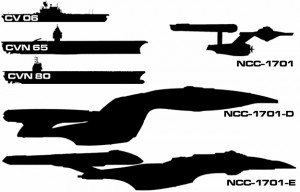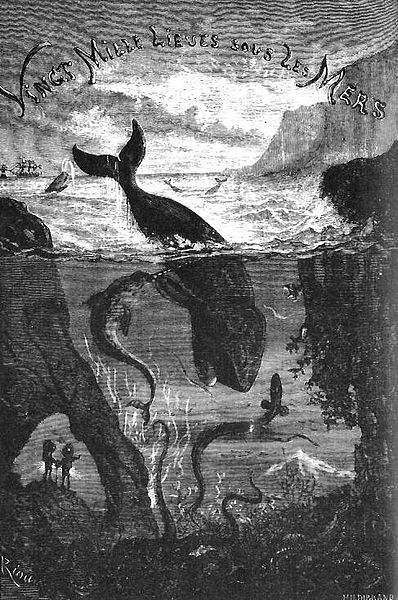Transcript below.
Read More “Space whales. Space. Whales. SPAAAAACE WHAAAAALES! Weekly Salvage: October 21, 2019” »
Over 15 years of ocean science and conservation online

Foghorn (A Call to Action!)
Flotsam (what we’re obsessed with right now)

One thing I’ve discovered by publishing my first work of nautical science fiction is that the field is incredibly small. There just doesn’t seem to be that many SciFi writers taking their stories out to sea. This seems strange to me, as most of the great space operas are really nautical tales. There’s a reason that TV Tropes has an exhaustive list of entries under “Space is an Ocean” (and, for that matter, “Space Whale“, because we can’t ever have enough Moby-Dick-in-Space stories). It isn’t a coincidence that the US Navy has named at least 7 ships Enterprise (FYI, the aircraft carrier CVN-80 Enterprise is actually bigger than the starship NCC-1701 Enterprise).
So here are my 5 favorite maritime science fiction stories.

Twenty Thousand Leagues Under the Sea by Jules Verne.
The Grand Daddy of maritime science fiction, 20,000 Leagues still holds up. Even though the science is dated, Verne’s insight shines through, predicting the deep-sea gold rush more than 100 years before we even knew about the geologic formations that would produce seafloor massive sulfides. Considering that almost one-fifth of all deep-sea hydrothermal vents are currently at risk for deep-sea mining, Captain Nemo’s declaration that “in the depths of the ocean, there are mines of zinc, iron, silver and gold that would be quite easy to exploit” is particularly prescient.